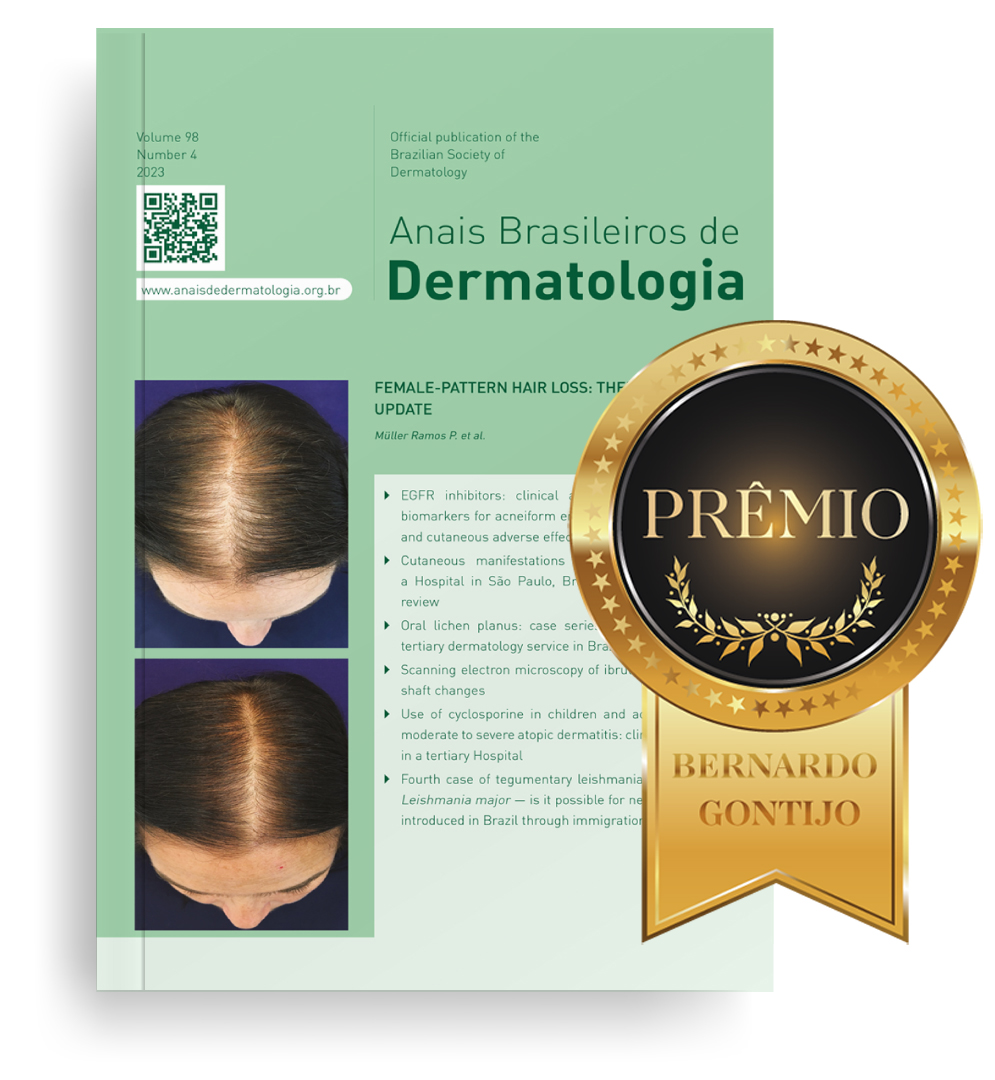We are grateful for the comments which will ceratainly enrich the ever-evolving knowledge about tick-borne diseases, both those caused by parts of the tick’s mouth remaining in the skin after the bite and the infectious diseases transmitted by the arthropods. We are sure that the letter will draw readers’ attention and will fulfill the function intended by the authors. However, it should be clear that the purpose of the article was not to exhaust the subject, but, as a medical text, to propose a practical classification so that dermatologists and other professionals in the field of Tropical Medicine know more about the problem and know how to evaluate later complications caused by the bites. However, due to the constant evolution of studies on tick-borne diseases, the scientific significance of this type of text may be limited (although the most frequent diseases are all approached by the study). On the other hand, the idea of classification based on a clinical observation and consequent therapeutic indication, the primary objective of the work remains – and will remain – current.
O fator de impacto mede o número médio de citações recebidas em um ano por trabalhos publicados na revista durante os dois anos anteriores.
© Clarivate Analytics, Journal Citation Reports 2025
O CiteScore mede as citações médias recebidas por documento publicado. Mais informação
Ver maisSJR é uma métrica de prestígio baseada na idéia de que todas as citações não são iguais. SJR utiliza um algoritmo similar ao page rank do Google; é uma medida quantitativa e qualitativa ao impacto de uma publicação.
Ver maisSNIP permite comparar o impacto de revistas de diferentes campos temáticos, corrigindo as diferenças na probabilidade de ser citado que existe entre revistas de distintas matérias.
Ver mais


